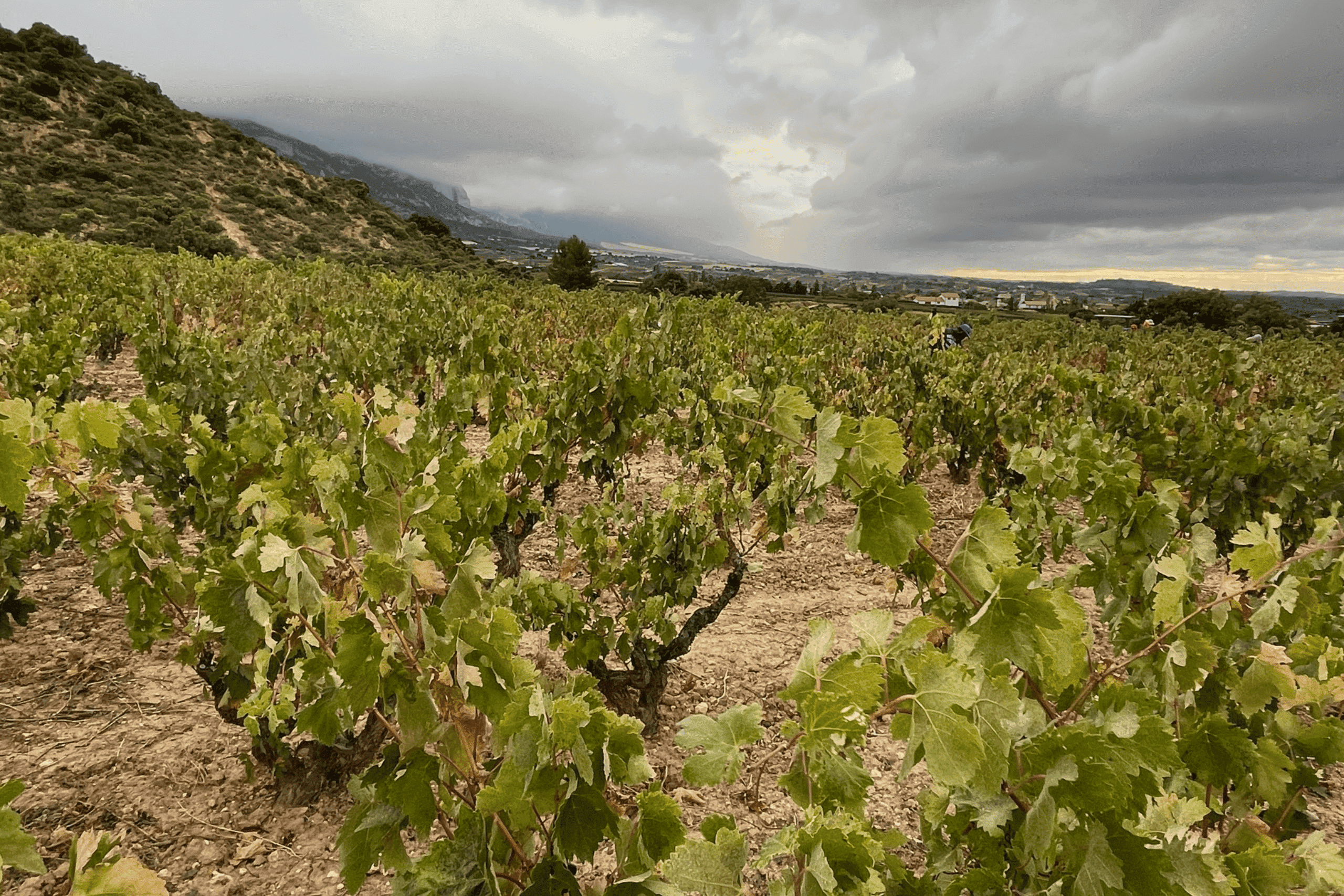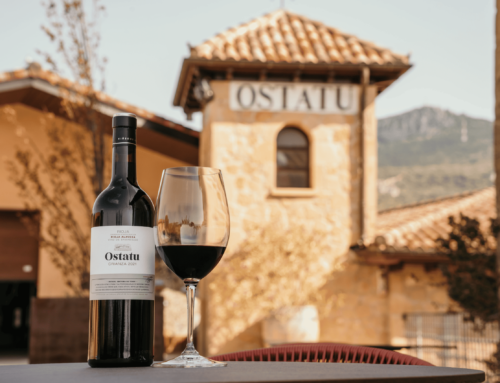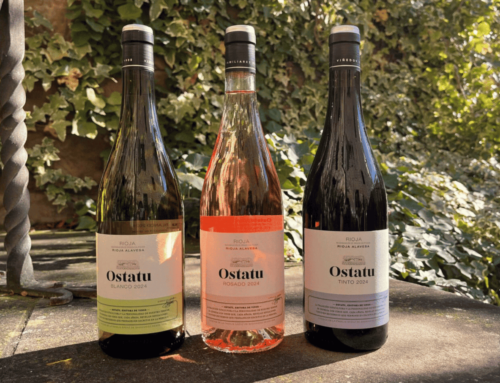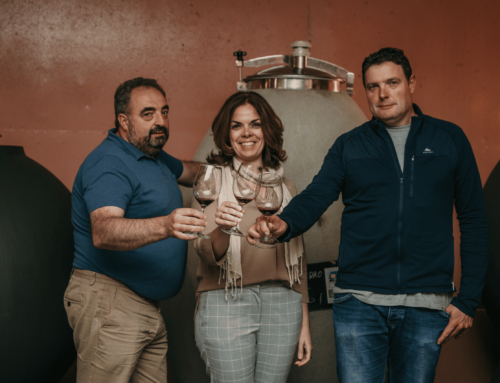2023 has been a complicated vintage in terms of weather that has shattered temperature and drought records. However, although it has been a year of constant concern, we can say that we are satisfied.
At first, everything pointed to a decrease in production due to the drought, but finally, the rains in early September significantly recovered production expectations. Thus we can notice an average yield of 5,700 Kg/ha, slightly lower than that of 2022, and adjusting to what was established by the Regulatory Council in an exceptional manner for this campaign.
How has the grape been?
In general, we can speak of the good health of grapes due to the absence of humidity (except for some vineyards in the lowest areas), lower acidities, and also great qualities in the vineyards with slower ripening since the excess heat caused the plants blocked the maturation cycle to defend themselves. As for the alcoholic level, in many places, it has been very similar to usual.
The keys:
Once again, the altitude and the difference in soils are the factors that have determined the harvest date. Vineyards with deeper soils and sandy terrain were harvested earlier because they were more affected by the weather, so their yields were slightly above average. Vineyards with limestone and clay, better adapted to drought, performed better and their grapes, with lower yields, were the last to enter the winery.
Another aspect of great importance was the one associated with rainfall or water reserves in the vineyard. It has been a dry year, with an average annual precipitation of around 442 liters, with long periods of water shortage. A year that has also carried over the water deficiencies of previous years.
This forces us every year to contrast and learn to manage the soil depending on the climatic characteristics we have. In the same way, it presents us with challenges to solve or solutions to adopt in the face of the lower acidity content of the grapes.
On the positive side, we must highlight the perfect management of the risks of diseases in the vineyard. Although we had a small episode of frost in the eastern area of our municipality, the damage was acceptable, especially in a year with production restrictions like this one.
Every year we are more satisfied with the performance of the vineyards in the high areas of Samaniego. Both because of the freshness of the area, vineyards deep in the foothills of the Sierra de Toloño-Cantabria, and because of the soils with a more limestone character, where the vineyard vegetates without problems.
The harvest:
It has been a planned harvest based on ripening controls carried out plot by plot in all our vineyards, although plans had to be changed from those initially planned due to the impact of the rains at the beginning of September.
This delayed the harvest for a few days to collect the grapes at their optimal ripening moment, with the majority of them in outstanding health, except for some plots located in somewhat more delicate conditions.
What are the wines like?
Knowing the quality and ripening of the grapes, we adapt the fermentations to adapt to the characteristics of the year and its temperature.
This 2023 we find lighter wines than might be expected, good in aromas and ripe tannins that have had to be worked on a lot through much shorter macerations.
Discover 2023 in our young wines, now on sale.





